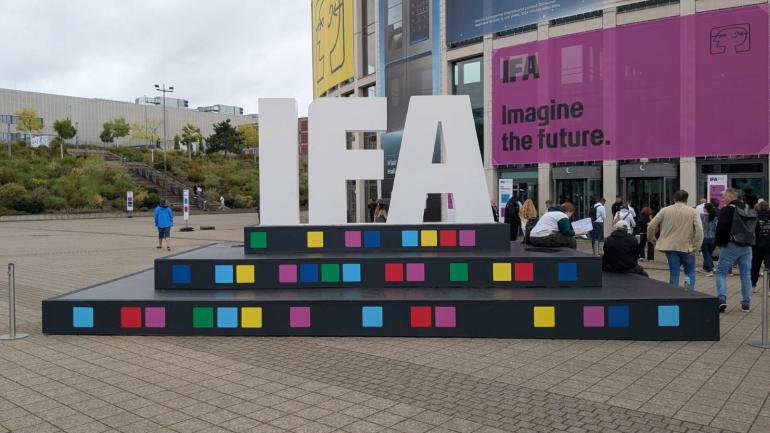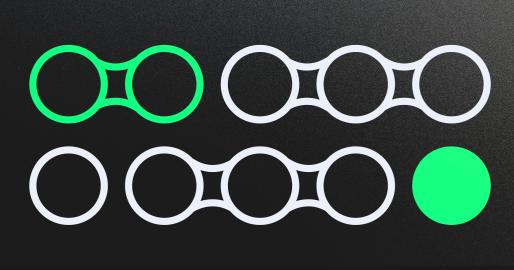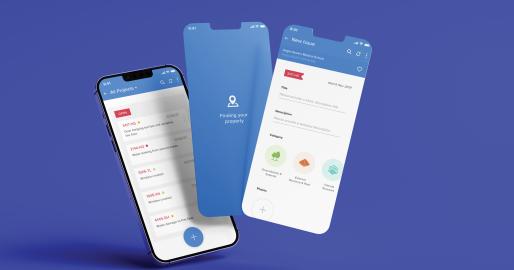IFA (Innovation For All), one of the world’s oldest and most influential tech shows, has been shaping tech trends since 1924. This year, the Tribus team joined the global stage in Berlin to see how the future of technology is unfolding. From AI-driven home appliances and invisible smart home concepts to AI commerce tools and immersive digital experiences, IFA 2025 demonstrated its commitment to transforming tomorrow’s tech for everyone.

For Tribus, IFA represents more than just exposure to cutting-edge gadgets. It’s an event where we gathered real-world insights into technology and innovation. This year’s event reinforced one of our core beliefs: development is in the detail. Reflecting back, here’s what we learned.
This year’s IFA made one thing clear… Smart home technology has entered a new era. Robotics, AI, and interconnected ecosystems are no longer futuristic add-ons. They are becoming everyday expectations. At IFA we interacted with everything from stair-climbing robot vacuums to multifunction cleaning systems that combine laundry with floor care. The innovations on display revealed how quickly smart technology is moving beyond novelty into necessity. Yet what stood out most was not the hardware itself, but the way these devices are being designed to fit seamlessly into people’s lives.
Designing Digital Products with the Future in Mind
At Tribus we are inspired by these innovation principles and bring them back to the studio as ways to approach UX, web development, and software design that align with the future being imagined. Just as a smart home must feel intuitive rather than overwhelming, so too must a digital platform. The most advanced systems are only successful if people can use them with confidence and ease.
The Hidden Architecture of Smart Technology
Software plays a central role in this transformation. The devices unveiled at IFA may capture the headlines, but it is the invisible integrations. The APIs, data flows, and secure connections that make them truly work.
In web and software development, we face the same challenge of weaving together multiple platforms and services so that the end user experiences a single, seamless journey. Whether our challenge is enabling a connected home or building a bespoke digital product, success depends on systems that talk to each other fluently.
Designing for Real-Time Personalisation
IFA 2025 also made it clear that AI is setting new expectations for personalisation. Consumers now anticipate experiences that adapt to their needs in real time. Whether that’s a vacuum that re-cleans a stain it detects or a home hub that learns a family’s bedtime routine. For Tribus, this reinforces our belief that digital platforms must evolve from static design to anticipatory design, where software responds intelligently to the behaviours and preferences of each user. The same mindset that drives innovation in the smart home can, and should, inform the way we build digital experiences.
Innovation Built on Trust
Security and trust were another recurring theme, with companies like Samsung emphasising encryption and blockchain-based protections. It was a reminder that innovation only matters if people feel safe adopting it. For Tribus, this underlines the responsibility of developers to embed privacy and resilience into every layer of design.
Just as homeowners want assurance that their connected devices won’t expose them, users of any digital service deserve the same confidence.
IFA 2025 was more than a showcase of gadgets, it was a glimpse into how people will live, work, and connect with technology in the years ahead.
For Tribus, the lessons are clear: design with empathy, integrate with intelligence, and protect with integrity. These aren’t just the foundations of smart tech, they’re the principles guiding every digital product we create today.








